Keep cool and be efficient
Powerful portable PCs are only possible thanks to innovative components that run cool and quiet. Here’s what led to their creation.
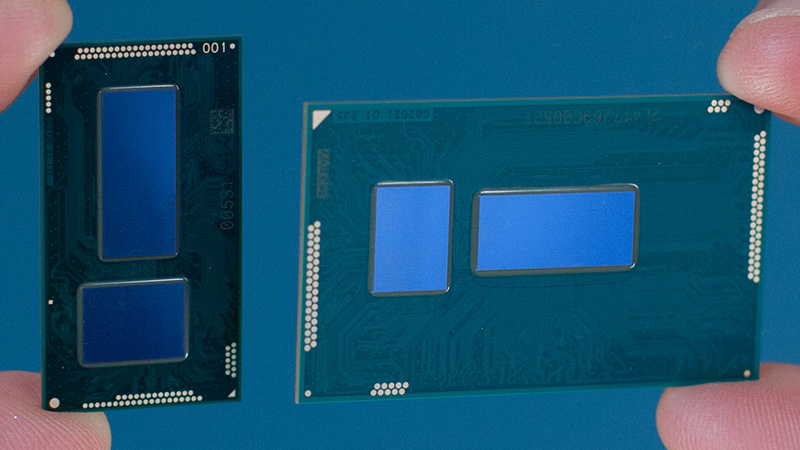
The portable computer wasn't made possible by any single technology, but a whole host that developed in parallel over time. The gradual shift from valves to transistors to integrated circuits helped shrink computers from room-sized cabinets into something that could sit on a desk, for example, but it took leaps and bounds in battery and display technology before one could fit into something that was smaller than a suitcase.
Even so, prioritising size always meant that portable computers were much less powerful than their desktop counterparts. The need to keep cases small and light enough to carry meant big batteries were out of the question, which in turn meant so were the latest power-hungry processors unless you didn't mind being near-permanently tethered to a power outlet, that is. Even storage space lagged behind because notebook-size hard drives couldn't match the capacity of a 3.5in desktop drive. The list of compromises goes on and on.
Dealing with heat
But one other design constraint that's often overlooked is the need to keep components cool. Desktop PCs can deploy huge heatsinks and large, rapidly spinning fans to keep cool air circulating, with any components that run red hot kept safely separated in a generously proportioned case. Not so with a notebook.
Cooling fans can be used in a compact PC designed for use on the move, but there's seldom room for ones much larger than a 50p piece and they can't spin too quickly if noise is to be kept within tolerable levels. That means heat needs to be dissipated through the case, but no one wants a notebook that warms their hands or burns their thighs when they're working. So it's back to square one, with slower components that don't generate as much heat and don't need much in the way of cooling.
Why Moore's Law matters
This situation started to change as the limits of Moore's Law came into view. In 1965, Intel co-founder Gordon Moore anticipated that the number of transistors making up a processor would double every 12 months.
The law' has so far stood, but the schedule has been gradually stretched in the 50-year interim and now stands at something like every two years, not least because the laws of physics are starting to limit the number of transistors that can be crammed onto a tiny slice of silicon.
So rather than try to make processors do more with more, chip designers have long since adopted the alternative approach of doing more with less. The quest to shrink transistors ever smaller is far from over, but processor architecture is now as much about increasing efficiency as anything else and this has some important implications for mobile PCs.
But efficiency matters more
Key among these is the reduced reliance on clock speed for performance. High GHz ratings used to be the best measure for how powerful a PC was, but the advent of processors with multiple cores and even single cores that can seemingly do two things at once have dramatically reduced its relevance. And with lower clock speeds come lower operating temperatures, so cooling requirements are reduced accordingly.
Better onboard power management also means a little battery goes a very long way, which has obvious benefits for portable computers that spend extended spells away from power sockets, but processors aren't the only component to consider. All of the above also applies to graphics chips, which in some cases are even incorporated into the main processor for even greater energy efficiency, and storage has seen similar improvements.
For example, the gradual shift from power-hungry hard drives to solid-state storage with no moving parts not only benefits battery life, but also physical design. Even a 2.5in portable hard drive needs a similar size drive bay to sit in, while the handful of tiny chips that comprise a solid-state drive can be hidden almost anywhere.
Portability without compromise
Notebook PCs have been getting thinner and lighter for a few years thanks to these kinds of improvements, but now the same kind of compromise-free performance can be squeezed into a tablet.
The 5th Generation Intel Core M that powers the HP Elite x2 1011, for instance, contains two processor cores and some 1.3 billion transistors, but it's still no larger than a fingernail. There's up to 512GB of fast solid-state storage, too, not to mention Intel HD Graphics 5300 that make everything from presentations to rather less productive pursuits run smoothly.
So despite being just 10.7mm thick and weighing a mere 780g when detached from its keyboard dock in tablet mode, the HP Elite x2 1011 still packs the power of a full PC. Windows 10 also runs all of your essential business software, so you won't be left in the lurch just because you want to travel light. And with HP's leading security and manageability features, the HP Elite x2 1011 will deliver peace of mind, too.
Get the ITPro daily newsletter
Sign up today and you will receive a free copy of our Future Focus 2025 report - the leading guidance on AI, cybersecurity and other IT challenges as per 700+ senior executives
-
 Bigger salaries, more burnout: Is the CISO role in crisis?
Bigger salaries, more burnout: Is the CISO role in crisis?In-depth CISOs are more stressed than ever before – but why is this and what can be done?
By Kate O'Flaherty Published
-
 Cheap cyber crime kits can be bought on the dark web for less than $25
Cheap cyber crime kits can be bought on the dark web for less than $25News Research from NordVPN shows phishing kits are now widely available on the dark web and via messaging apps like Telegram, and are often selling for less than $25.
By Emma Woollacott Published
-
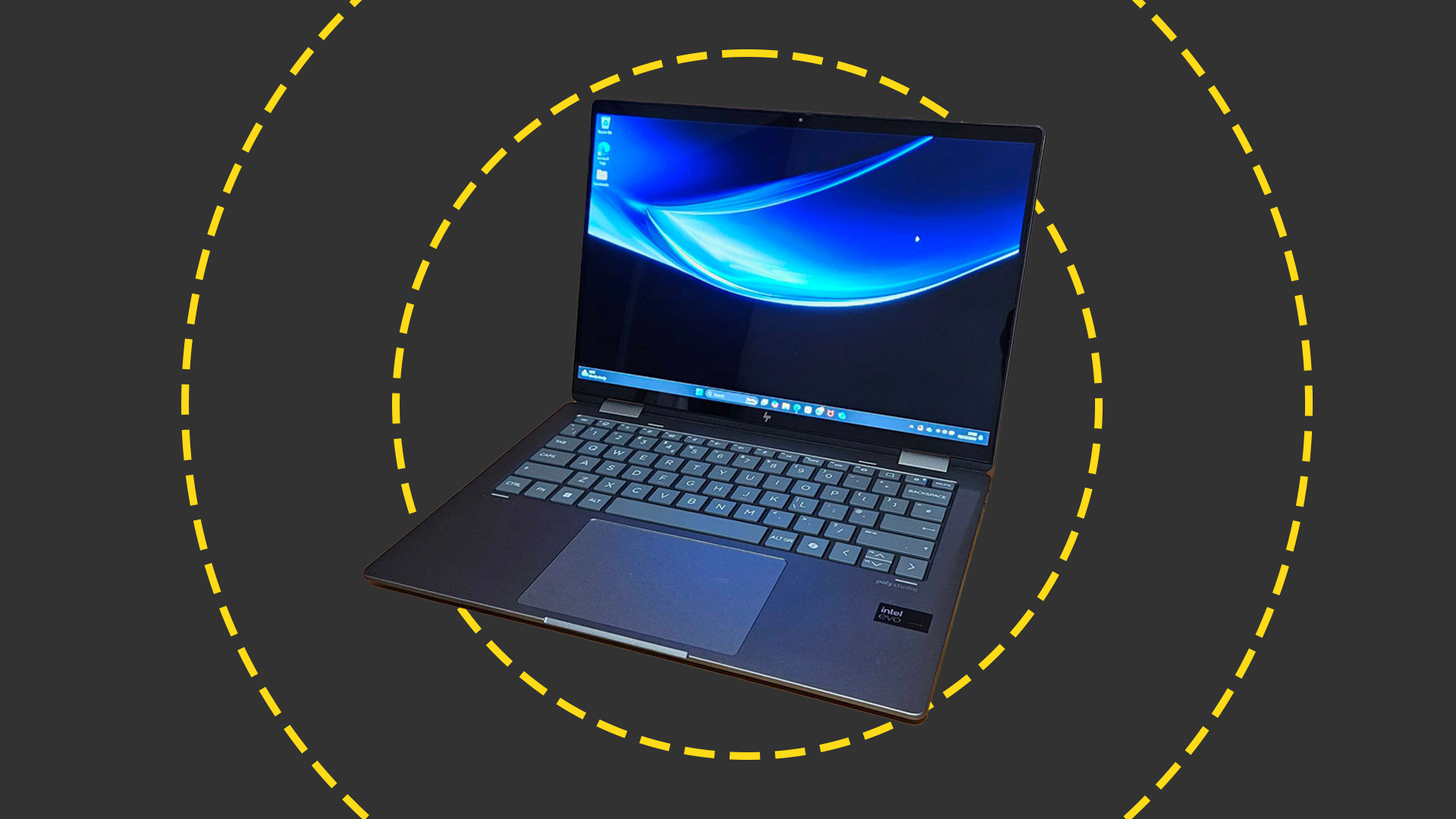 HP Envy x360 2-in-1 (14-FC0009NA) review: A cut-price AI PC for the enterprise
HP Envy x360 2-in-1 (14-FC0009NA) review: A cut-price AI PC for the enterpriseReviews The Intel-powered HP Envy x360 is a decent punt for its price point despite a few bugbears
By Keumars Afifi-Sabet Published
-
 Dell, HP post underwhelming returns as PC market remains in a state of flux
Dell, HP post underwhelming returns as PC market remains in a state of fluxNews Original equipment manufacturers (OEMs) are contending with an impending Windows 10 EOL and a burgeoning AI PC market
By George Fitzmaurice Published
-
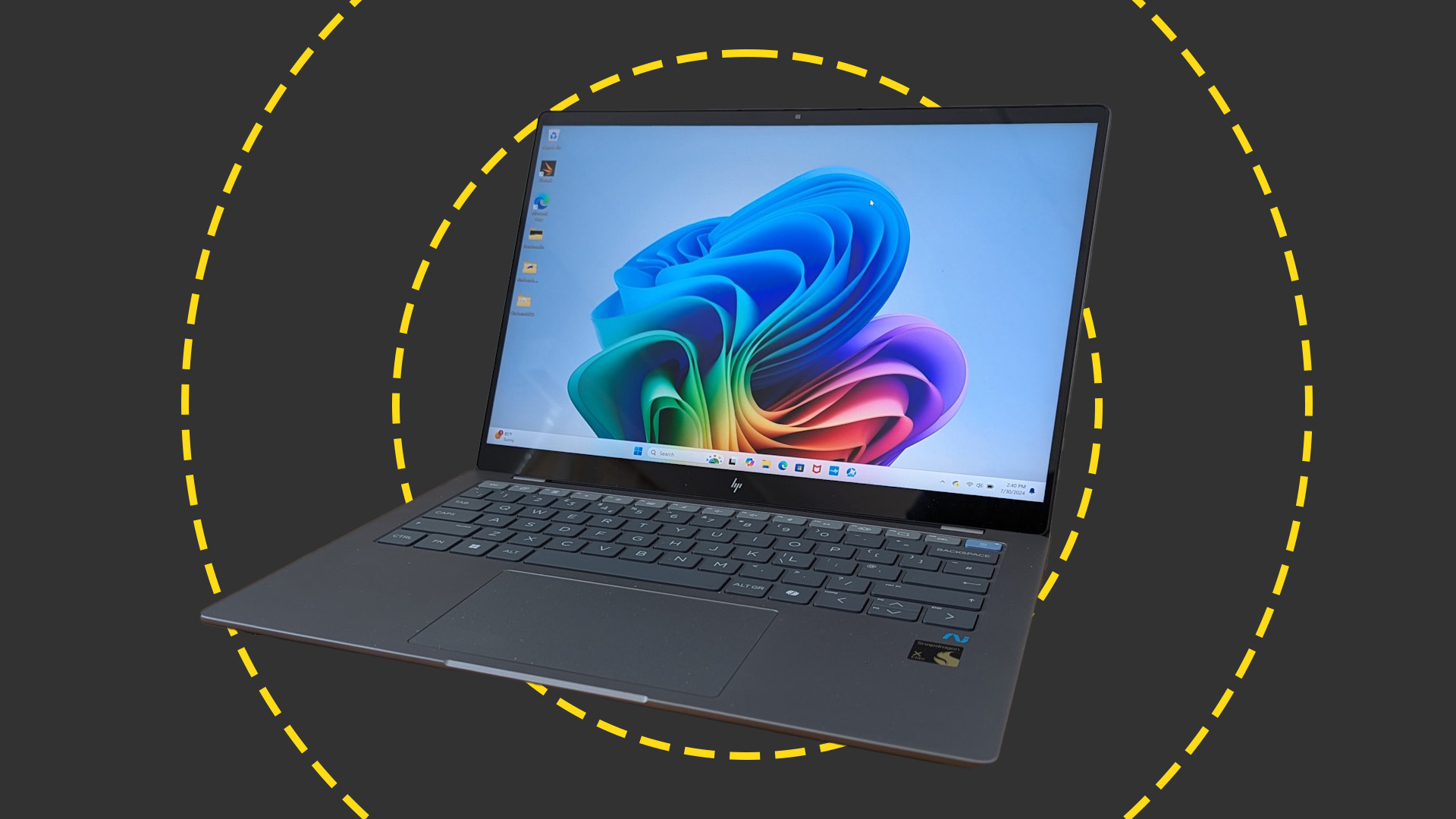
 HP OmniBook X 14 review: Incredible battery life meets Copilot+ AI
HP OmniBook X 14 review: Incredible battery life meets Copilot+ AIReviews Ignore the slightly underwhelming screen and you have a brilliant thin-and-light laptop with AI capabilities and superlative battery life
By Stuart Andrews Published
-
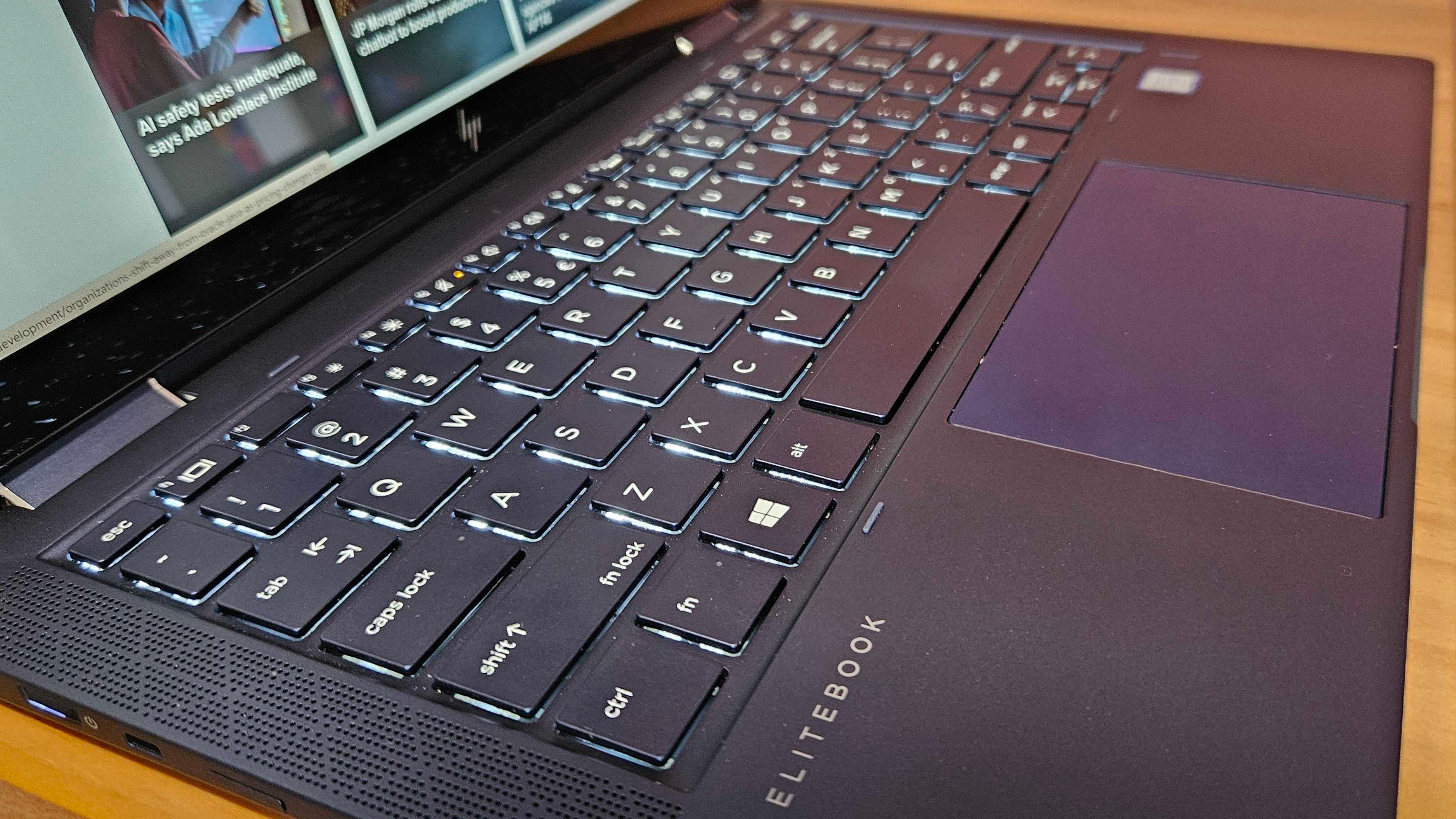 HP has scrapped its most compelling device as it aims for AI PCs — there is nothing like it left on the market
HP has scrapped its most compelling device as it aims for AI PCs — there is nothing like it left on the marketOpinion The HP Elite Dragonfly had everything you needed – a great battery, plenty of power, all the ports, and a fantastic display – until it was killed off
By Keumars Afifi-Sabet Published
-
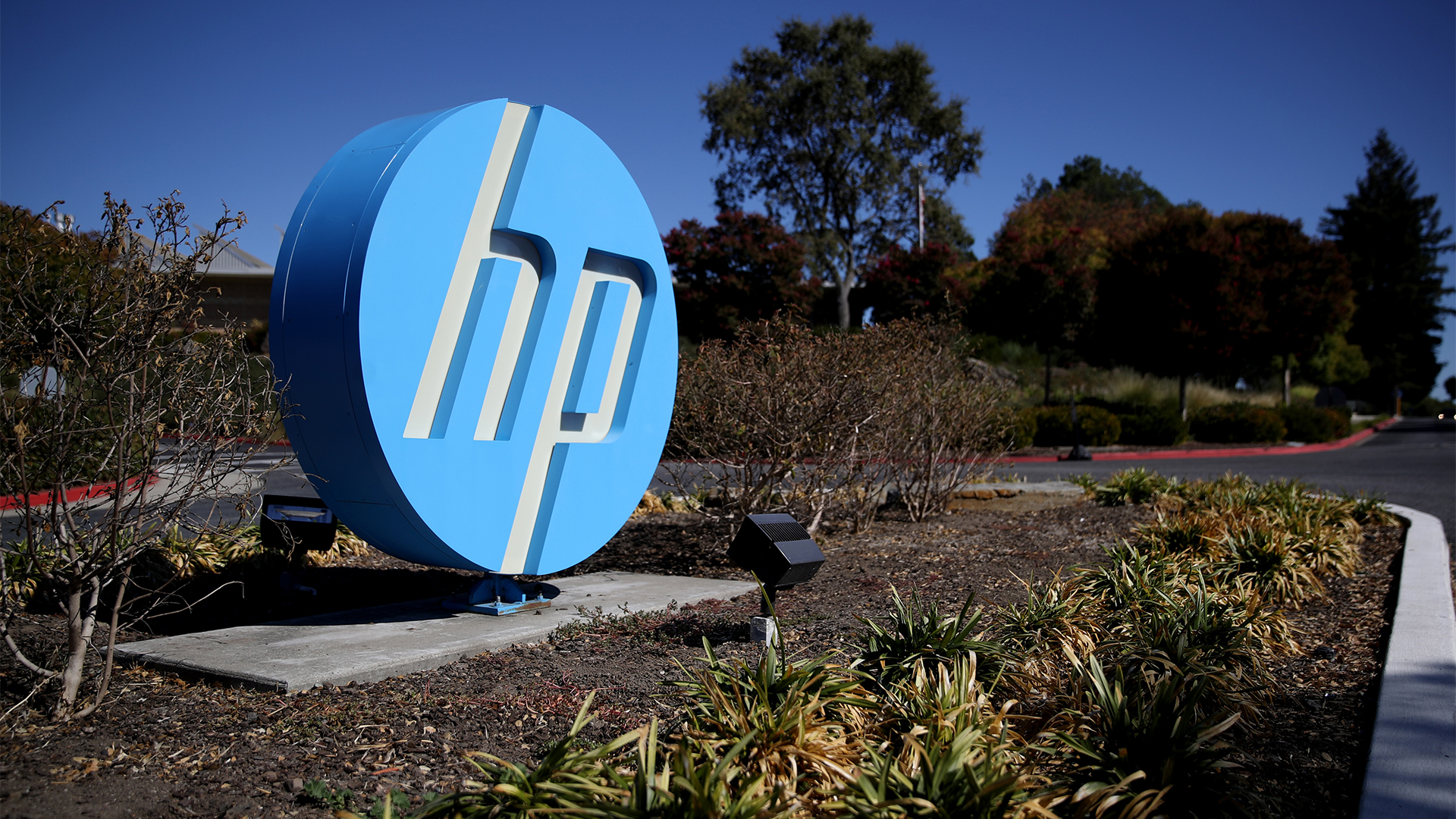 HP shows the AI PC ecosystem is starting to bear fruit — is it time for businesses to take note?
HP shows the AI PC ecosystem is starting to bear fruit — is it time for businesses to take note?Analysis The era of the AI PC may soon be upon us as software vendors start to realize the potential value of processing AI workloads locally
By Solomon Klappholz Published
-
 HP caps off its PC overhaul with the launch of the OmniBook Ultra 14 – its most powerful AI-powered laptop to date
HP caps off its PC overhaul with the launch of the OmniBook Ultra 14 – its most powerful AI-powered laptop to dateNews With the HP Dragonfly, Spectre, and Envy brands ditched in sweeping restructure of device portfolio, the OmniBook Ultra 14 marks the first major step into the era of the AI PC
By Solomon Klappholz Published
-
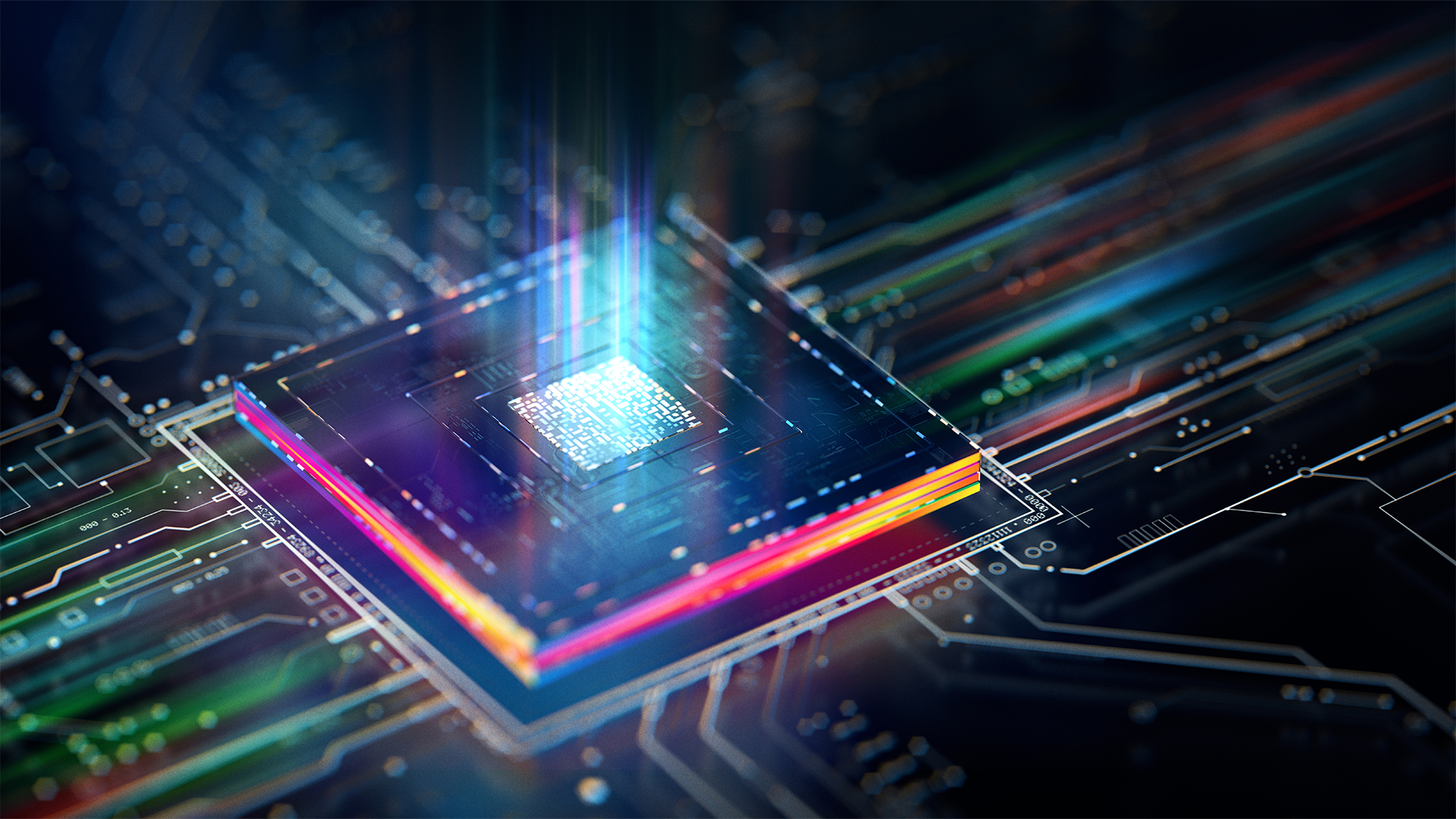 HP just launched the world’s first business PCs designed to protect firmware against quantum hacking
HP just launched the world’s first business PCs designed to protect firmware against quantum hackingNews HP is worried about quantum security risks, so it’s upgrading devices to contend with future threats
By Ross Kelly Published
-
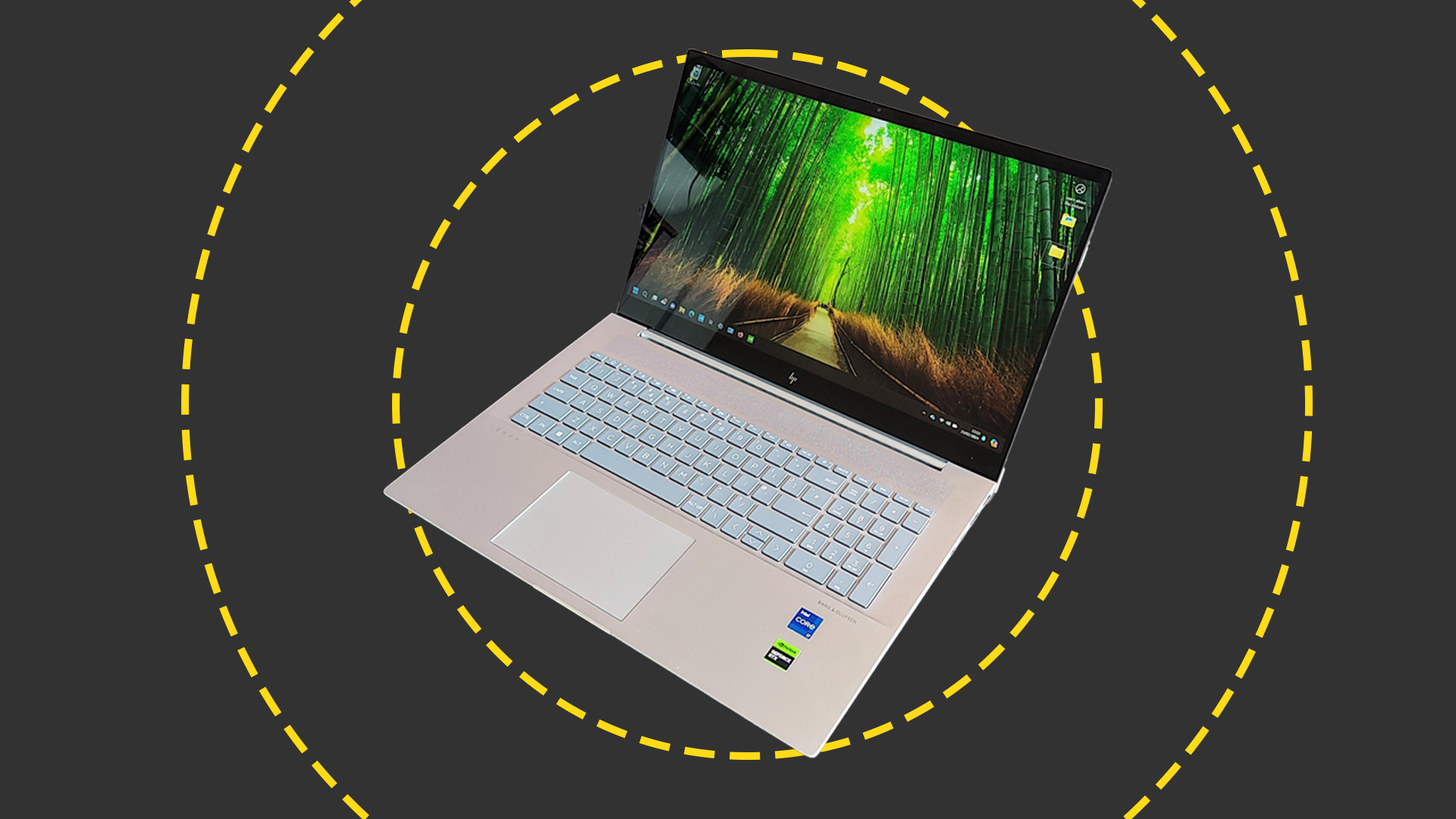 HP Envy 17 review: An affordable big-screen workstation replacement
HP Envy 17 review: An affordable big-screen workstation replacementReviews With the option of Nvidia graphics and a 4K display, the HP Envy 17 is a versatile yet affordable big-screen laptop
By Alun Taylor Published